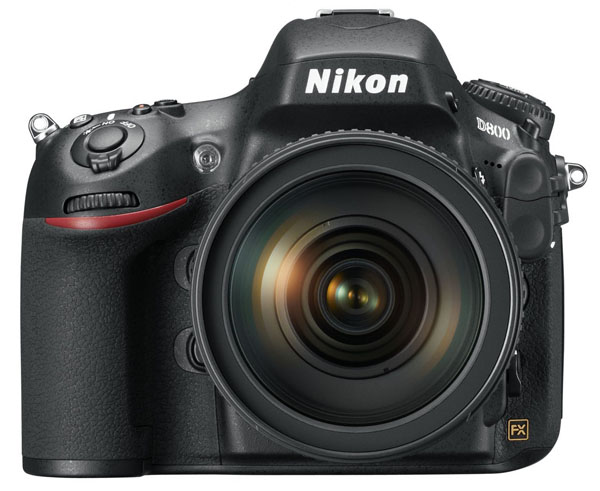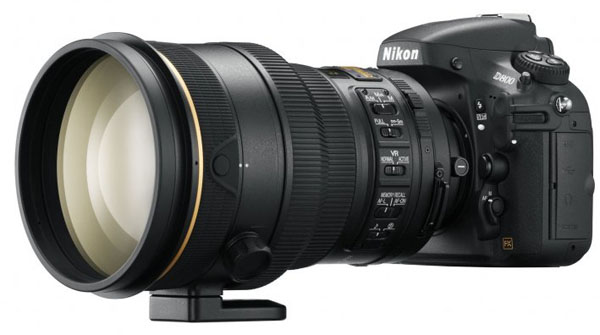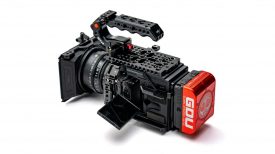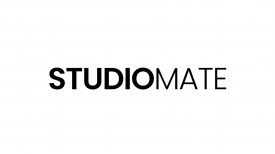By Dan Chung
Today Nikon took the wraps off what must be the worst kept camera secret in recent times. The D800 is an all-round professional DSLR for those who value resolution over speed for their stills. It has an all new 36.3 megapixel full frame sensor with a 7360 x 4912 resolution. As standard it can shoot 4 fps in full frame format and 5fps in DX (6 fps in DX with the optional MB-D12 grip)
There is a second version of the camera, the D800e, with no optical low pass filter (OLPF) fitted. This model is designed for photographers who prefer the benefits of a slightly sharper stills image and are prepared to live without the moire reduction benefits that a OLPF filter provides. Moire reduction for stills will be handled in software.
That’s enough about stills though, if you want a full rundown I suggest you head over and look at this excellent preview by Barney Britton on Dpreview.
The video functionality of the D800 is what concerns us here on dslrnewsshooter. Essentially it has the same as the recently announced flagship D4 which we detailed here. It shoots full HD 1080P video at 24,25 and 30fps as well as 720P 50 and 60 fps and has the all important headphone jack for proper audio monitoring as well as a clean HDMI output of the video image in 8bit 4:2:2.
There are a couple of differences that may or may not be important to you. The D800 lacks the D4‘s 2.7x ‘telephoto effect’ crop mode but retains the 1.5x DX crop mode. It also lacks the new XQD memory card slot preferring instead to have SDXC and CF card slots. One nice feature of the D800 is that it can record stills to one card and video to the other – very handy for multimedia shooters.
Nikon have permitted a shooter by the name of Sandro Miller to post sample videos:
Joy Ride from Sandro on Vimeo.
Joy Ride – Behind the Scenes from Sandro on Vimeo.
In my opinion the D800 will be a strong proposition for many Nikon based newspaper video shooters wanting a better solution for video – it ticks all the essential feature boxes. Newspaper websites often don’t have high quality playback at the moment so even if the video quality turns out not as good as the latest cameras like the Canon C300, Sony F3, FS100 or indeed the Canon EOS 1D X it wouldn’t really matter. The sample D4 and D800 video image quality online is already plenty good enough for any newspaper I have worked for – what sets these cameras apart from others is the audio monitoring with headphones.
Broadcast shooters and documentary filmmakers will need to take a much closer look to see if the image the new Nikons produce is up to their requirements. Certainly the early sample videos from the D800 and D4 show some false colour aliasing and a slight softness. Whether that is because the units are pre-production or an inherent characteristic remains to be seen. There has also been much talk of the clean 4:2:2 HDMI output to an external recorder like the KiPro Mini or Atomos Ninja – but if that output is laced with artifacts then it is not such an advantage. If the new Canons have sorted out moire issues with the use of the new Digic processors then it may turn out that they actually have a better video image even though it is only 4:2:0 on the memory card and the bitrate is lower than a Nikon with an external recorder. For now this is all untested and I think judgement needs to be withheld until proper testing is done – hopefully we will be able to do this soon.
The D800e raises one other interesting prospect. It should in theory be possible for a clever manufacturer to make a low pass filter that is specifically designed for optimal use of the 36.3 megapixel sensor for video, essentially softening the image just enough that the sensor suffers even less from moire or aliasing. This has been done before for the 5DmkII using the VAF-5D2 filter from Mosaic engineering but that filter had to contend with the effects of having a second OLPF filter already in the camera (essentially there are then 2 OLPF fitlers in front of the sensor). A version for the D800e could potentially be better still as there is no existing filter in the body.








